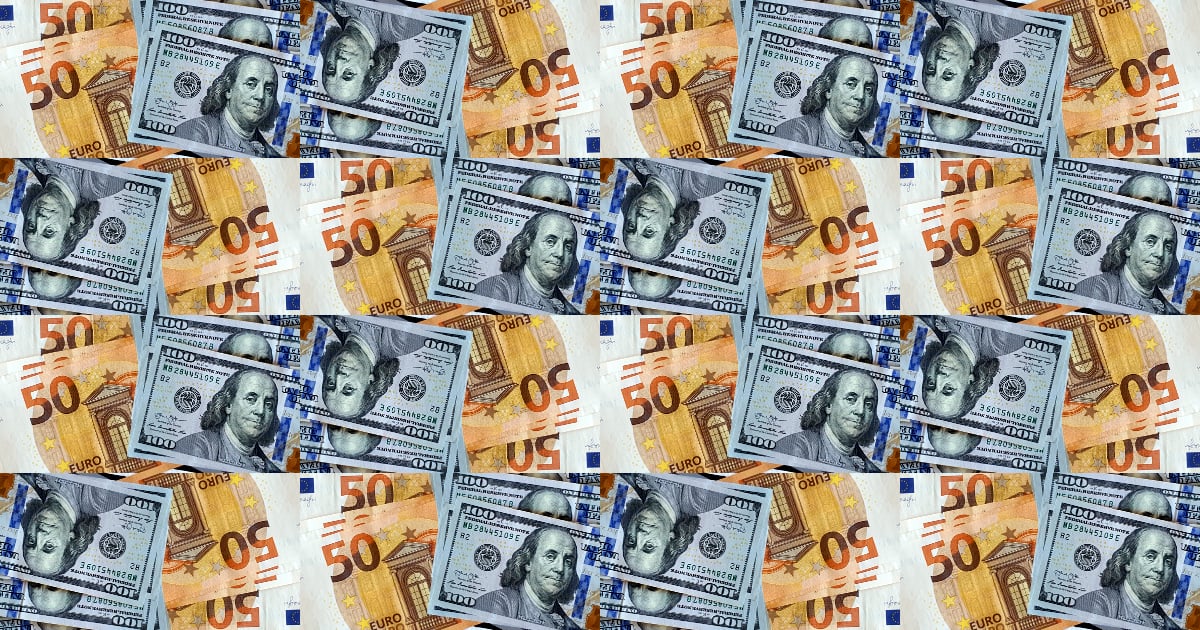
Related videos:
The informal currency market in Cuba is experiencing a sharp decline in the value of both the US and European currencies after several consecutive days of steep drops in their exchange rates.
This Monday, the US dollar and the euro dropped by five points compared to the previous day's rate, as calculated by the independent outlet elTOQUE based on an analysis of the median prices published in foreign currency buy-sell ads on social media and Cuban classifieds sites.
In less than 24 hours, the US dollar dropped by another five pesos, reaching 375 Cuban pesos (CUP) on Monday. Similarly, the euro experienced the same decline, with its exchange rate now at 385 CUP.
The Freely Convertible Currency (MLC) is the only reference currency that remains unchanged this Monday, staying at 300 CUP.
Exchange rate today 05/20/2024 - 6:13 AM in Cuba:
- Dollar exchange rateUSD a CUP"According to"elTOQUEIt seems you haven’t provided the text you would like to have translated. Please share it, and I’ll be happy to assist you!375 CUP translates to "375 Cuban pesos."
- Exchange rate of the euroEUR to CUPThe translation of "según" to English is "according to."elTOQUESure! Please provide the text you'd like translated, and I'll be happy to assist you385 CUP
- Exchange rate of theMLC to CUPAccording toelTOQUEIt seems you didn't provide any text to translate. Please share the text you'd like me to translate, and I'll be happy to help!300 CUP translates directly to "300 CUP" in English, as it is a currency denomination
Alternative exchange rate from other platforms:
- Dollar (USD) exchange rate: Buy 369 CUP, Sell 378 CUP
- Euro (EUR) exchange rate: Buy 376 CUP, Sell 389 CUP
- MLC exchange rate: Buy 295 CUP, Sell 300 CUP
In recent days, the average sale of the three reference currencies in the Cuban informal market showed signs of stagnation. However, in the last 72 hours, the trend has confirmed a sharp decline in their exchange rates.
In an article published by elTOQUE at the beginning of the month, the independent outlet warned that the models from the Observatory of Currencies and Finance of Cuba (OMFi) predicted that the trend of depreciation of the peso could continue in May.
However, the forecast from the media—accused by the Cuban regime of causing "induced inflation"—has not come to pass, and what we are seeing is a rapid and sudden appreciation of the CUP.
The sudden decline experienced in recent days has caught the attention of economic analysts, who find it difficult to explain this abrupt revaluation of the Cuban peso except as a result of increased foreign currency supply in the black market.
While awaiting more data to confirm this behavior, many are starting to suspect a hypothetical and sudden "injection" of foreign currency into the Cuban informal market.
With no improvement in food production, a lack of energy, and amidst overwhelming blackouts and social unrest, many are wondering where the unexpected purchasing power of the peso is coming from. In just a matter of days, and without any signs of improvement in an economy characterized by high inflation, it has begun to gain ground against the value of foreign currencies in Cuba.
Filed under: